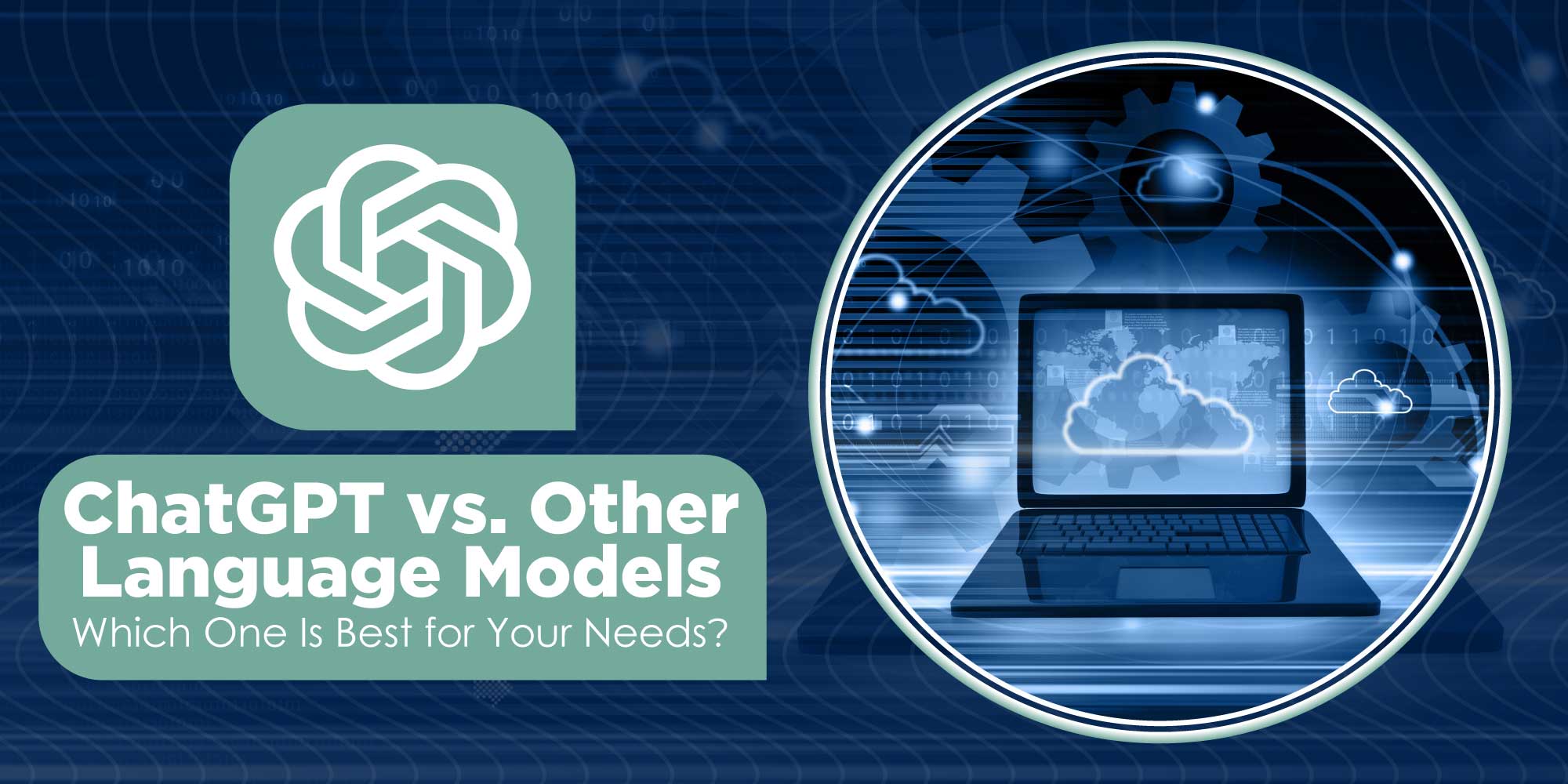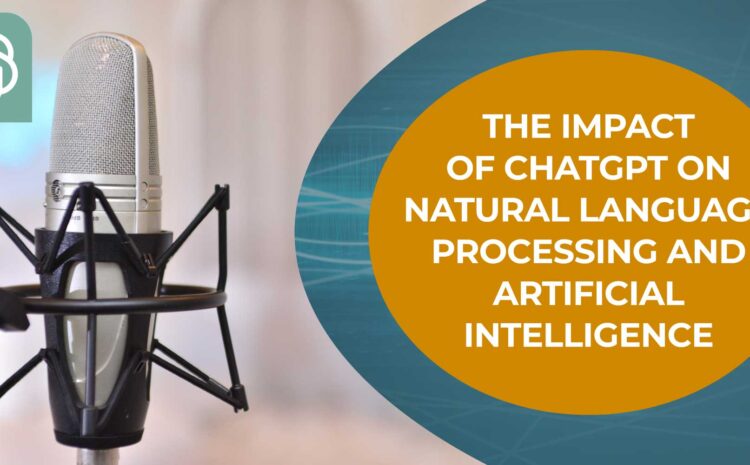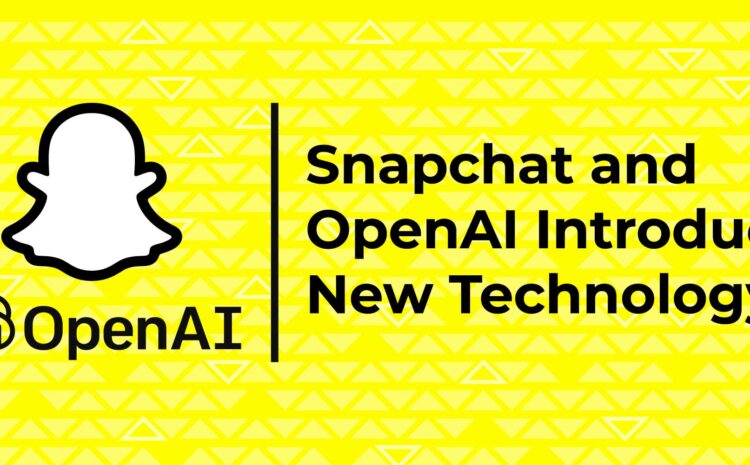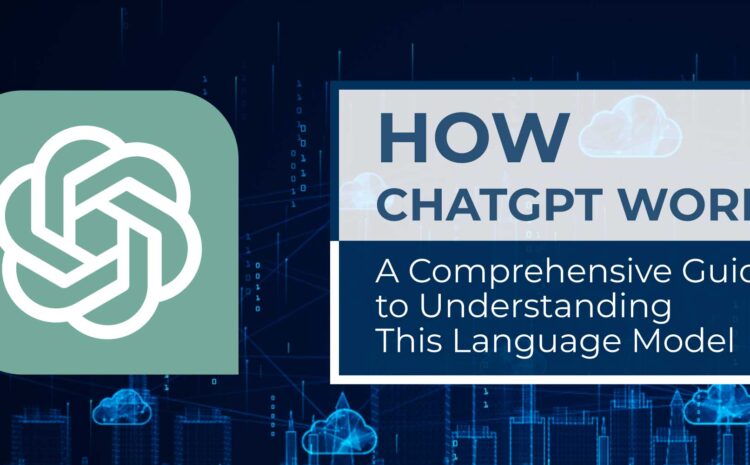Hello there, and a very warm welcome to our blog! We’re so pleased to have you here as we delve into the fascinating world of language models. Today, we’re going to be addressing a common question that many of our readers have: “ChatGPT vs. Other Language Models: Which One Is Best for Your Needs?” By the end of this post, we hope to equip you with a clearer understanding of what each of these models can offer and help you determine which one might be the most suitable for your specific needs. If you’re ready, grab a drink, and let’s get going!
To start, let’s explore a bit about language models. Language models are artificial intelligence technologies that are trained to understand, generate, and manipulate human language. These models can be used for a variety of applications, including translation, content creation, sentiment analysis, and more.
One of the most popular language models today is ChatGPT, developed by OpenAI. Based on the GPT-4 architecture, it’s a large-scale model designed to generate human-like text based on the input it receives. Known for its impressive ability to create coherent, contextually relevant responses, it’s quite the heavy-hitter in the world of AI language models.
ChatGPT has been trained on a vast dataset, which includes books, articles, and websites, allowing it to generate text on a wide variety of topics. It’s capable of maintaining a conversation, making it ideal for applications such as virtual assistants, chatbots, and more. Additionally, it’s continuously updated and improved, ensuring it stays at the cutting edge of AI technology.
But how does ChatGPT compare to other language models out there? Let’s take a look at a few others for comparison.
BERT, or Bidirectional Encoder Representations from Transformers, is another popular language model developed by Google. It’s designed to pre-train deep bidirectional representations from unlabeled text by jointly conditioning on both left and right context. BERT is particularly useful for tasks that require understanding the context of a sentence, making it great for applications like search engines and question-answering systems.
Transformer-XL is another prominent player in the field, developed by researchers at Google Brain. It’s known for its ability to model longer-term dependency in sequences than standard Transformer models. This characteristic makes it particularly good for tasks requiring understanding of long documents or conversations, like document summarization or transcription services.
Lastly, let’s consider the GPT-2 model, a predecessor to ChatGPT. While it shares many similarities with ChatGPT, it has a smaller model size and less training data. As a result, it can be a bit less accurate in its responses. However, GPT-2 may be a better fit for applications with limited computational resources or where less complexity is required.
So, which of these models is best for your needs? The answer, as with many things in life, is: it depends.
If you’re looking for a model that can generate human-like text and maintain a conversation, ChatGPT would be a strong contender. However, if your project involves understanding the context of a sentence or a search engine application, BERT might be the better choice. For tasks that require comprehension of long documents or conversations, Transformer-XL could be your go-to. And if you’re working with limited resources, or need less complexity, GPT-2 could be a suitable option.
In conclusion, the best language model for your needs depends on the specifics of your project and the requirements you have. It’s crucial to take the time to understand the strengths and weaknesses of each model, and how they align with your objectives. With the right language model, the possibilities are virtually endless.
Thank you for joining us today. We hope you found this comparison helpful and look forward to bringing you more insights. While you’re here, check out some of our other posts. We write on a range of topics, and we’re sure you’ll find something you’ll enjoy.




